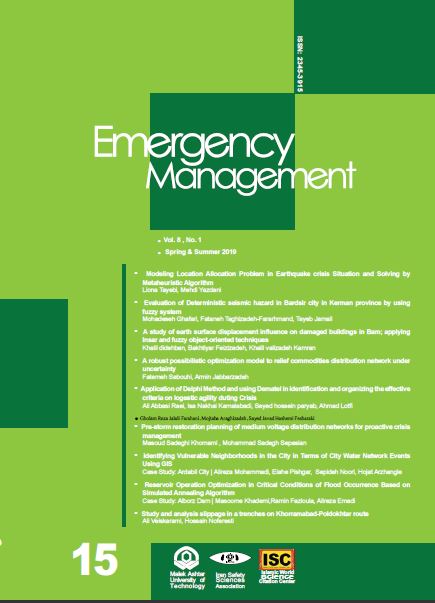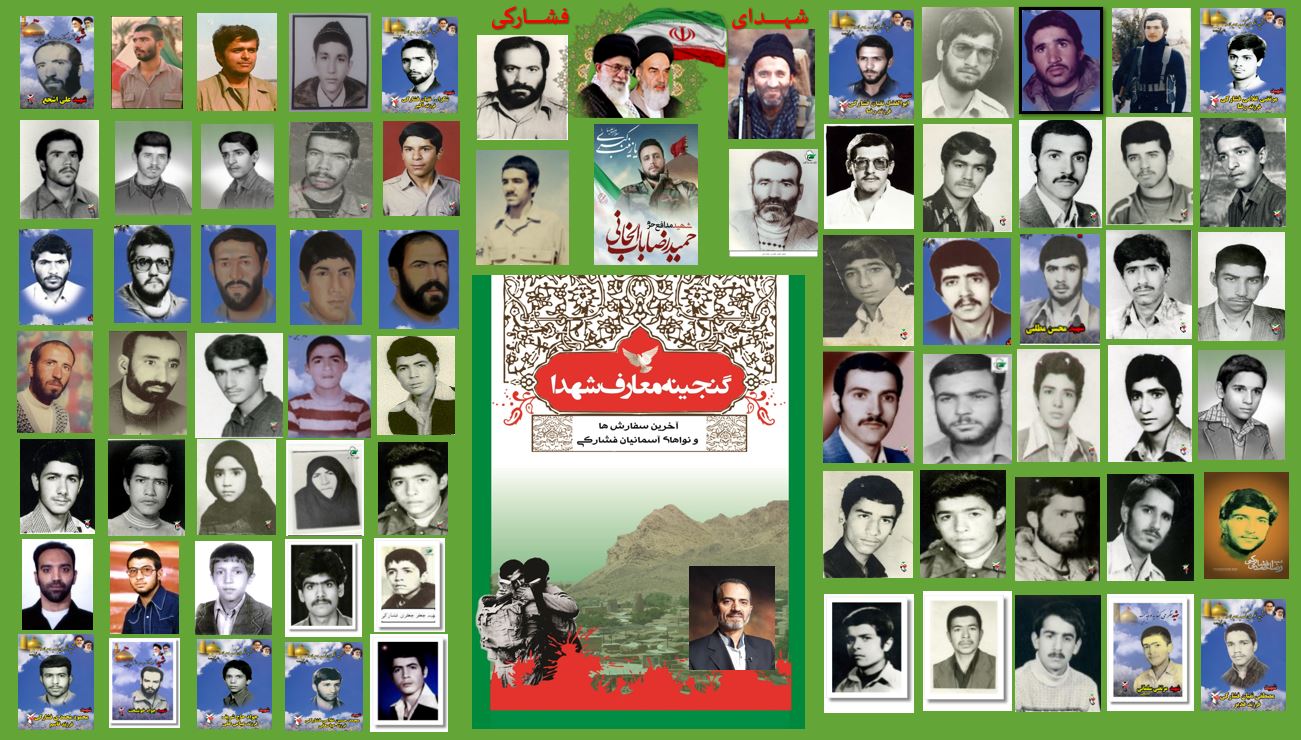Determination and prioritization of the most effective criteria in architectural design of office buildings from passive defense point of view by using AHP method
http://www.joem.ir/article_36766.html


Determination and prioritization of the most effective criteria in architectural design of office buildings from passive defense point of view by using AHP method
Document Type: Research Paper
Authors
1 Head of passive Defense Organization
2 University of Imam Hussein (AS)
Abstract
Office buildings without regarding to their sub functions are some kinds of assets that because of being related to the governments and states and their important role in governing people affairs, had always been under different kinds of threats from airborne-missile attacks to terrorist near-by blast. Especially by increasing different kinds of attacks, including terrorist and non-terrorist attacks against political-bureaucratic buildings of our country, this issue has exposed more than ever. Hence, implementation of passive defense efforts in design and building steps of these buildings, is an essential issue. In this article, with considering of blast wave as the base threat, efforts have been done to identify and prioritize main architectural criteria in designing office buildings by using experts' opinion and Analytical Hierarchy Process after gathering data with library method and expert interview and filling in the questionnaire by 28 experts, records analyzing were done by AHP method. At last, after the assessments in research by Expert Choice 11 Software, building envelope, interior design and protected space, respectively were chosen as the most important criteria of architectural design of office building with passive defense point of view. So, efforts have been done in this article to write a comprehensive analyze for the most important indicators
Keywords
http://www.joem.ir/article_36766.html
Volume 8, Issue 1 - Serial Number 15
Summer and Autumn 2019
Pages 67-76
http://www.joem.ir/article_36766.html
About Journal
The Journal of Emergency Management is edited, written and bi-seasonal peer reviewed by a recognized team of the foremost, hands-on EM experts and academic professors in our motherland “I.R. Iran”. They include top professionals from the public and private sectors and universities who offer real world experience and practical solutions, and leading academics who provide perspective and analysis on the latest research and studies in our country. Together, they bring you the most thorough, relevant trustable and useful source of information on emergency management and civil defense.

Journal of Emergency Management is published under permission and supervision of committee of technical journals in Ministry of Science, Research and Technology of Islamic Republic of Iran

Aims and Visions
The main vision of our journal is to develop and publish scientific papers which contribute in the area of emergency management, Civil defense and Passive defense. In addition, this journal aims to provide a localized and innovative base with Islamic and Iranian patterns of improvement in the field of emergency management and civil defense.
Missions and Objectives
- Contribution and development of scientific research in the area of emergency management and civil defense.
- Identifying organizational milestones in emergency management and civil defense and providing a solution for them.
- To improve knowledge of the academic and practitioner communities by providing access to new information, knowledge, analysis and developments in the respective fields
- Introducing the latest developments in the fields of emergency management and civil defense.
- Providing an international collaborative environment among experts and professionals in the respective fields.
- Discussing on new and innovative research in the fields of emergency management and civil defense.
- Provide a motivation factor for researchers in this area.
- Supporting experts to evaluate and defining problems and milestones in organizational firms.
- Providing a platform for bridging the gap between a large array of academic disciplines, practitioners, and policy makers.
سید جواد هاشمی فشارکی

